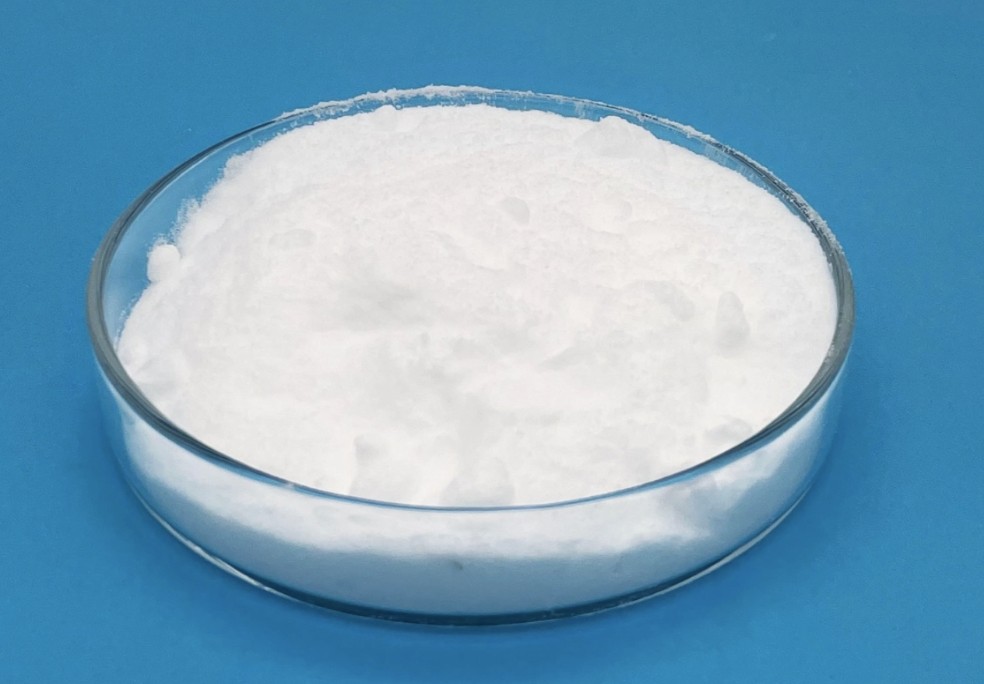Propitocaine hydrochloride is a local anesthetic of the amino amide type first prepared by Claes Tegner and Nils Lö Fgren. In its injectable form, it is often used in dentistry. It is also often combined with lidocaine as a preparation for dermal anesthesia (lidocaine/prilocaine or EMLA), for treatment of conditions like paresthesia. As it has low cardiac toxicity, it is commonly used forintravenous regional anaesthesia.
In some patients, a metabolite of prilocaine may cause the unusual side effect of methemoglobinemia, which may be treated with methylene blue.
Local anesthetic is a substance that causes loss of sensation only to the area to which it is applied without affecting consciousness. Most local anesthetics structures have amino-ester or an amino-amide group which are linked to hydrophilic (secondary or tertiary amine) and to hydrophobic group (aromatics) on the other side.
Local anesthetics, long duration, lower toxicity, chemicals that are also small Suitable for epidural anesthesia, block anesthesia and infiltration anesthesia, etc.
Prilocaine HCl is a local anesthetic agent of the amide family, used for nerve block, epidural, and regional anesthesia. It is not used for spinal or topical anesthesia. Prilocaine hydrochloride is about half as toxic as lidocaine but, because methemoglobinemia is a possible reaction to its administration, is not used for patients with hypoxic conditions of any kind.
Prilocaine Hydrochloride is an FDA approved amino amide type local anesthetic. It is primarily used as a nerve block in dental surgery in the injectable form. This drug is also used in topical anesthetic creams. It's often combined with Lidocaine. Cependant, Prilocaine is less toxic and causes less vasodilation than Lidocaine.
As a topical anesthetic, Prilocaine combined with Lidocaine deadens the nerve endings in the skin. It can safely be used on mucous membranes including genital areas. It's also safe for pediatric use.






















